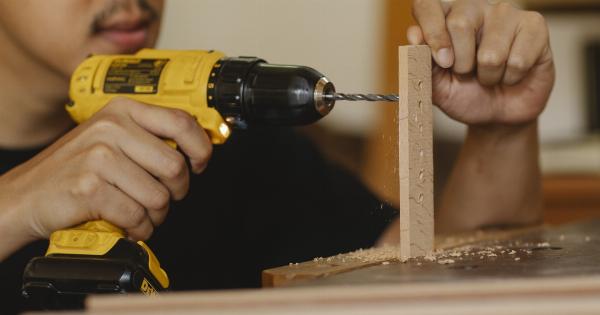The liver is a vital organ responsible for numerous essential functions in the body, including detoxification, metabolism, and synthesis of important compounds.
Unfortunately, various conditions such as liver tumors, liver cancer, or liver fibrosis can lead to non-exemplary liver volumes and disrupt its normal functionality. In recent years, a promising medical technology called Nanoknife has emerged as a potential solution for managing non-exemplary liver volumes.
What is Nanoknife?
Nanoknife, also known as irreversible electroporation (IRE) or tumor ablation, is a minimally invasive procedure used to treat liver tumors or cancer.
It involves the delivery of high-voltage electrical pulses to the affected liver tissue, creating tiny “nano-sized” pores in the cell membranes. These pores disrupt the tumor cells’ ability to maintain their ion balance, leading to their destruction.
The Procedure
The Nanoknife procedure is typically performed under general anesthesia. The surgeon will make small incisions on the patient’s abdomen to access the liver area.
Using image guidance, such as ultrasound or CT scan, the surgeon will carefully position the Nanoknife electrodes around the liver tumor.
Once the electrodes are in place, controlled electrical pulses are delivered to the targeted tumor tissue. These electrical pulses create irreversible nanopores in the tumor cells, leading to their demise.
Importantly, Nanoknife targets only the tumor tissue while preserving the surrounding healthy liver tissue.
Benefits of Nanoknife
Nanoknife offers several significant advantages over traditional liver tumor treatment methods:.
- Minimally Invasive: Unlike surgical resection or liver transplantation, Nanoknife is a minimally invasive procedure that causes less trauma to the patient.
- Preservation of Healthy Tissue: By selectively targeting tumor cells, Nanoknife preserves the surrounding healthy liver tissue, reducing the risk of complications and promoting faster recovery.
- High Precision: With the aid of advanced imaging techniques, the surgeon can accurately position the electrodes and precisely target the tumor tissue, ensuring effective treatment.
- No Heat Damage: Unlike other tumor ablation methods, Nanoknife does not rely on heat to destroy tumor cells. This eliminates the risk of thermal injury to nearby structures.
- Potential for Repeat Treatments: Nanoknife can be repeated if necessary, offering flexibility in managing liver tumors or cancer that cannot be removed through surgery.
Recovery and Potential Complications
Following a Nanoknife procedure, patients may experience mild discomfort, bruising, or swelling at the incision sites. Pain medications may be prescribed to manage any post-operative pain.
The recovery time after Nanoknife is generally shorter compared to traditional surgery, allowing patients to resume normal activities sooner.
As with any medical procedure, there are potential risks and complications associated with Nanoknife. These may include infection, bleeding, damage to nearby organs, or abnormal heart rhythms.
However, the overall complication rates of Nanoknife are relatively low compared to more invasive procedures.
Conclusion
Nanoknife is a promising technology for managing non-exemplary liver volumes, particularly in the treatment of liver tumors or cancer.
Its minimally invasive nature, preservation of healthy liver tissue, high precision, and potential for repeat treatments make it an attractive option for patients who are not suitable candidates for surgery. With further advancements in technology and ongoing research, Nanoknife has the potential to revolutionize the field of liver tumor treatment and improve outcomes for patients with non-exemplary liver volumes.





























